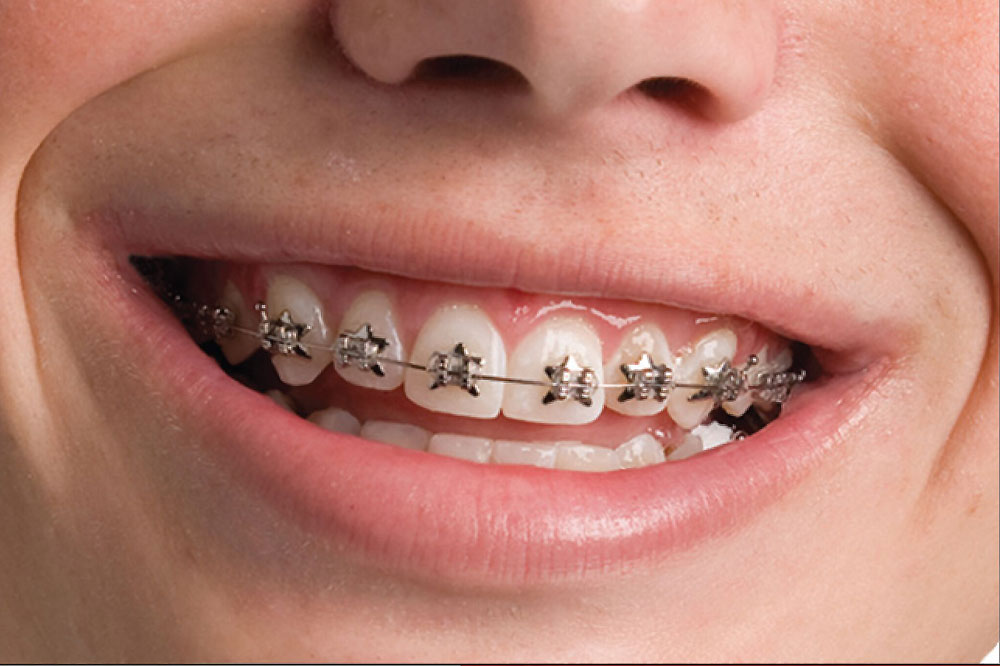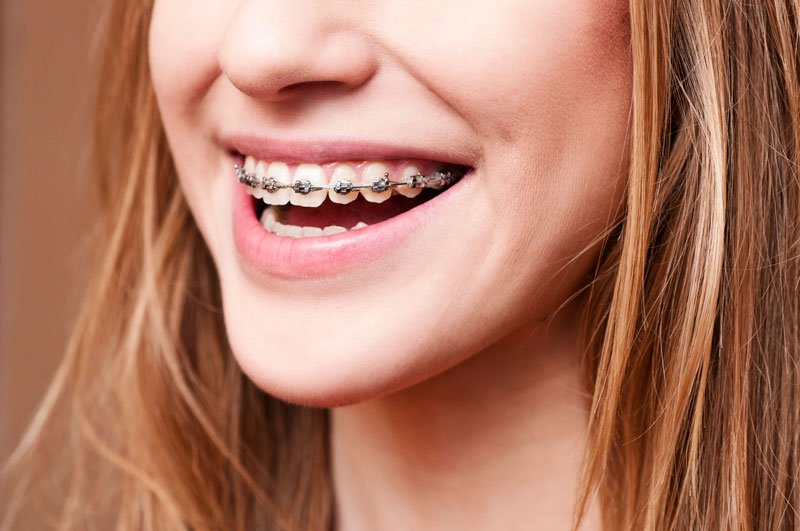Your Guide to Cumming Invisalign: Straightening Teeth with Style and Comfort
Your Guide to Cumming Invisalign: Straightening Teeth with Style and Comfort
Blog Article
Comprehensive Guide to Orthodontics Treatments for Fixing Oral Imbalances
In the realm of orthodontics, the trip to accomplishing a perfectly lined up smile entails a myriad of treatments tailored to fix oral misalignments. From standard dental braces to invisible aligners and even medical alternatives, the area of orthodontics offers a variety of remedies to address varying degrees of dental irregularities. Comprehending the intricacies of each procedure, including their devices, advantages, and prospective downsides, is crucial in making informed decisions regarding one's orthodontic treatment. As we browse via the detailed overview to orthodontic treatments for remedying oral misalignments, the complex information of each approach will certainly unravel, clarifying the path towards a harmonious and functional dental placement.
Orthodontic Procedures Review

Routine adjustments and surveillance are crucial parts of orthodontic treatment to make sure progression is on track and to make any kind of required adjustments along the means. By undertaking orthodontic treatments, patients can not only achieve a straighter grin yet also improve their overall oral health and function.
Standard Braces: Just How They Work
When considering orthodontic therapies for oral misalignments, conventional dental braces stand out as a reliable approach for remedying teeth positioning. Traditional dental braces contain braces, cables, and bands that interact to use constant pressure on the teeth, progressively moving them into the desired positioning. The braces are affixed to the teeth using an unique adhesive, and the wires are threaded with the braces. By changing the tension of the cables, orthodontists can control the instructions and pressure applied to each tooth, leading them into appropriate placement gradually.
As stress is used to the teeth through the braces, the bone bordering the teeth is reshaped to support the new tooth placements. Patients will need regular adjustments at the orthodontist's workplace to guarantee the braces continue to apply the appropriate pressure for effective teeth motion.
Invisible Aligners: Benefits And Drawbacks
Unnoticeable aligners provide a discreet and convenient choice to typical dental braces for dealing with dental misalignments. These clear, customized trays are basically invisible when worn, making them an enticing alternative for people seeking a more aesthetically pleasing orthodontic treatment. Among the key benefits of unnoticeable aligners is their removability, allowing for easier upkeep of oral hygiene contrasted to typical braces. Clients can remove the aligners prior to eating or cleaning their teeth, minimizing the danger of food getting embeded the home appliance and simplifying the cleansing procedure.

Surgical Orthodontic Options
Surgical interventions in orthodontics present practical options for attending to complicated dental imbalances that might not be successfully fixed through traditional orthodontic therapies. While unseen aligners and conventional dental braces can deal with many orthodontic issues, specific situations call for surgical treatment to achieve optimum results. Surgical orthodontic choices are commonly suggested for severe malocclusions, substantial jaw inconsistencies, and situations where the underlying bone framework needs alteration to accomplish correct alignment.
One typical surgical orthodontic procedure is orthognathic surgery, which involves repositioning the jaws to fix useful issues such as difficulty talking or chewing. This surgical treatment is commonly carried out in cooperation with an orthodontist that assists line up the teeth prior to and after the treatment. Surgical orthodontics may also include procedures to reveal affected teeth, get rid of excess gum cells, or improve the jawbone to create an extra harmonious face profile.
Prior to thinking about medical orthodontic alternatives, clients undergo a detailed assessment to figure out the necessity and possible benefits of such treatments. cumming invisalign. While surgical treatment might seem daunting, it can dramatically improve both the feature and looks of the smile in situations where conventional orthodontic treatments drop short
Retainers and Post-Treatment Care

Failure to abide with post-treatment treatment directions dentistry today can result in relapse, where the teeth progressively relocate back in the direction of their original positions. Consistent retainer wear, good oral hygiene, and regular oral exams are essential for maintaining the outcomes attained with orthodontic surgical procedure and making certain the lasting security of the remedied dental alignment.
Verdict
In conclusion, orthodontic procedures offer various options for dealing with dental imbalances. Surgical orthodontic choices are available for extra serious imbalances. In general, orthodontic treatments can efficiently boost dental health and visual appearance.
As we click this link navigate via the extensive overview to orthodontic procedures for remedying oral misalignments, the intricate information of each technique will unfold, losing light on the path toward a useful and harmonious oral placement. - cumming orthodontics
One of the most common orthodontic treatments is the usage of dental braces, which are composed of metal brackets and cords that use gentle pressure to slowly change teeth right into the desired setting.When thinking about orthodontic therapies for oral misalignments, conventional dental braces stand out as a reliable approach for correcting teeth positioning. Furthermore, unseen aligners might not be suitable for complicated orthodontic problems that need even more substantial teeth activity, as they are typically recommended for mild to moderate cases. Retainers are tailor-made orthodontic gadgets created to hold teeth in their dealt with placements after the conclusion of orthodontic therapy.
Report this page